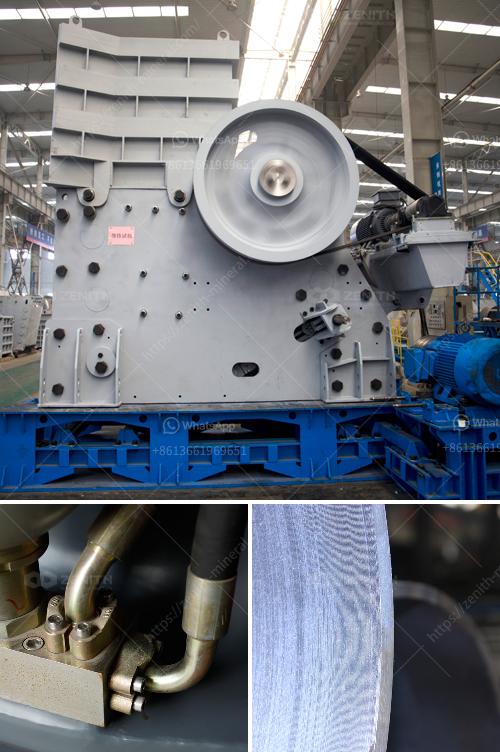Calculating the number of balls needed in a ball mill involves precision and an understanding of various factors. Here’s a step-by-step guide:
-
Determine the Mill Dimensions:
- Mill diameter (D): This is the diameter of the cylindrical drum of the ball mill.
- Mill length (L): This is the length of the drum.
-
Calculate the Mill Volume:
- The volume (V) of the mill can be calculated using the formula:
\[ V = \pi \times \left(\frac{D}{2}\right)^2 \times L \]
- Where D is the diameter, L is the length of the mill, and π (pi) is approximately 3.14159.
-
Determine the Ideal Load Volume:
- Usually, ball mills are loaded between 30% to 50% of their volume depending on the type of material and milling operations.
- \[ V_{load} = V \times Loading\% \]
-
Calculate Total Ball Weight:
- Ball load (mass) can be estimated by using the specific gravity of the balls and the volumetric load.
- Let’s denote the density of the ball material as ρ (in g/cm³ or kg/m³).
- \[ Mass = V_{load} \times \rho \]
-
Determine the Number of Balls:
- Decide on the diameter of the balls, commonly represented as d.
- The volume of one ball is given by:
\[ V_{ball} = \frac{4}{3} \times \pi \times \left(\frac{d}{2}\right)^3 \]
- Total number of balls (N) can be calculated as:
\[ N = \frac{V{load}}{V{ball}} \]
Example Calculation:
Assume you have a ball mill with:
- Diameter, D = 1 meter
- Length, L = 2 meters
-
Mill Volume:
\[ V = \pi \times \left(\frac{1}{2}\right)^2 \times 2 = \pi \times 0.25 \times 2 = 1.57 \text{ cubic meters} \]
-
Ideal Load Volume (Let's assume 40%):
\[ V_{load} = 1.57 \times 0.4 = 0.628 \text{ cubic meters} \]
-
Density of Ball Material (e.g., steel, ρ ≈ 7,850 kg/m³):
\[ Mass = 0.628 \times 7850 = 4,930.8 \text{ kg} \]
-
Ball Size (e.g., 0.05 meters diameter):
- Volume of one ball:
\[ V_{ball} = \frac{4}{3} \times \pi \times \left(\frac{0.05}{2}\right)^3 = 6.54 \times 10^{-5} \text{ cubic meters} \]
-
Number of Balls:
\[ N = \frac{0.628}{6.54 \times 10^{-5}} = 9,602 \text{ balls approximately} \]
These calculations will give you a good starting point. Fine-tuning might be required based on the specific material properties and mill operation details. Always consult specific milling guidelines or an engineer familiar with ball mill operations for precise requirements.

